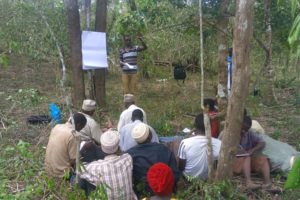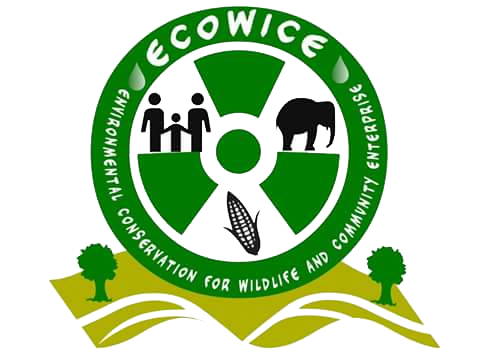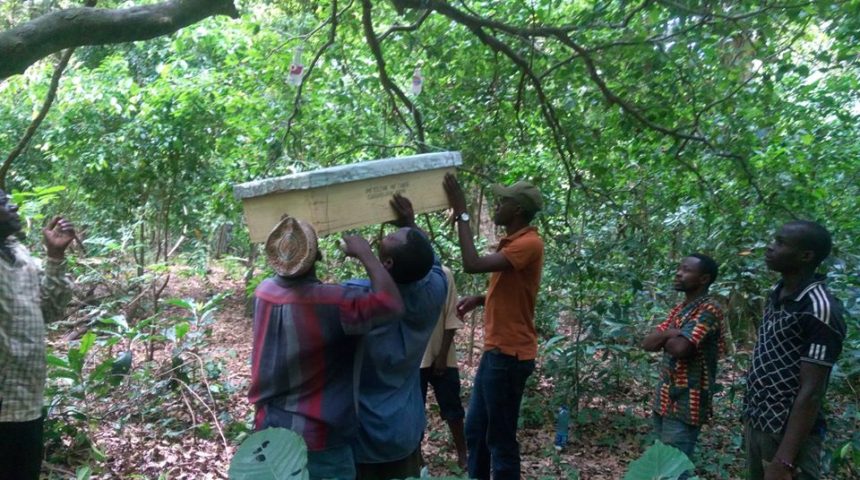
Saadani national park cover an area of 1100 km2 , located in eastern Tanzania .It offers the unique combination of terrestrial and maritime ecosystems with main vegetation complexes; A heterogeneous forest-savanna-grassland mosaic; The ancient coastal forest on the Zaraninge Plateau; A shoreline with salt flats, coastal fringe forests, herbaceous dune vegetation and mangrove forests; mangrove trees provide a resting and feeding place for many bird species, bats, monkeys, hippos and reptiles. Marine species of fish and turtle also lay their eggs in these protected habitats.
The high demand for the resistance mangrove wood leads to over exploitation, making the protection of these forests even more important. Local community cut trees for making charcoal for selling to nearby cities, mostly Dar es Salaam. Encroachment for farming and grazing are another threats to the park. In recent years there has been a decline in habitat quality for different species including marine such as green turtle and other land mammals and birds.
The high demand for the resistance mangrove wood leads to over exploitation, making the protection of these forests even more important. Local community cut trees for making charcoal for selling to nearby cities, mostly Dar es Salaam. Encroachment for farming and grazing are another threats to the park. In recent years there has been a decline in habitat quality for different species including marine such as green turtle and other land mammals and birds.
ECOWICE has been supporting the community adjacent Saadani National park to practice modern beekeeping and mushroom farming as alternative means of livelihood.
Through this project, the community is able to generate income and food, most of them being charcoal producers and poachers.

